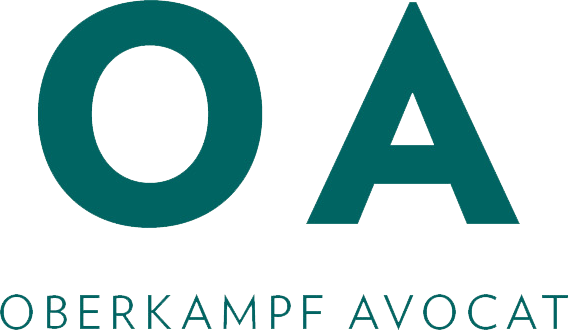Here are some sustainability highlights from the month of October 2021:
New sustainability reporting standards: the Global Reporting Initiative (GRI) issued revised reporting standards on October 5, incorporating human rights and environmental due diligence to prior versions. This update aligns the standards with new and upcoming regulations, including the EU Corporate Sustainability Reporting Directive (CSRD). GRI also updated its Oil & Gas sector standards, which provide guidance on likely material topics companies in the sector should report on. Other sector standards will follow. The new standards will be effective on 1 January 2023 although companies reporting in accordance with GRI Standards are encouraged to adopt them before their effective date.
Sustainable environment as a human right: in a resolution adopted on October 8 2021, the UN Human Rights Council recognized the right to a clean, healthy and sustainable environment as a human right. The Council further called on States to work together to implement this newly recognized right.
At the outset of the Council’s 48th session, Michelle Bachelet, UN High Commissioner for Human Rights had stated that “a safe, clean, healthy and sustainable environment is the foundation of human life.” She had noted that intensifying pollution, climate change and biodiversity would constitute “the single greatest challenge to human rights in our era.”
Fighting microplastics pollution: in a recent policy report, the OECD raises concerns over the projected trends of plastics production, use and disposal, leading to concentrations of microplastics and related environmental and human health hazards. Focusing on microplastics originating from textile products and vehicle tyres, the October 20 report covers knowledge and techniques currently available to mitigate the leakage of microfibres and tyre particles into the environment. An interesting read for practitioners looking for mitigation best practices, actions and technologies to implement at different stages of products’ lifecycle.
Historic GHG ruling against France: on October 14, a Parisian court ordered France to compensate for its failure to comply with its commitments relating to reducing greenhouse gas emissions. The Court ordered the French Prime Minister and the competent ministers to “take all necessary sectoral measures to compensate for the damage caused by the uncompensated share of greenhouse gas emissions under the first carbon budget.”
The State has until the end of 2022 to take appropriate measures.
Italy called out by UN working group: In a statement following a 10-day country visit, the UN Working Group on Business & Human Rights issued a statement in which it asks Italy to “take urgent steps to resolve in the short-term, while developing plans to address systemic problems in the medium and long-term” including the treatment of migrant workers, which tarnishes the country’s reputation in the field of business and human rights. The statement condemns “the lack of robust judicial and non-judicial mechanisms to seek effective remedy for business related human rights abuses” flagging a lack of information about rights and remedies, inadequate legal aid, judicial delays, and a general lack of trust in approaching remedial institutions. As a result, the statement notes that businesses frequently act with impunity. The statement should inform other countries as to what is – and isn’t – acceptable in terms of framework and practices in this area.
New ILO health and safety code for the textile industry: Also this month, the international labor organization adopted a new code of practice on safety and health in textiles, clothing, leather and footwear industries. The code includes provisions on building and fire safety, hazardous substances, waste and emissions management among others. It is designed to provide comprehensive and practical advice on how to eliminate, reduce and control all major hazards and risks faced by over 60 million workers globally.
